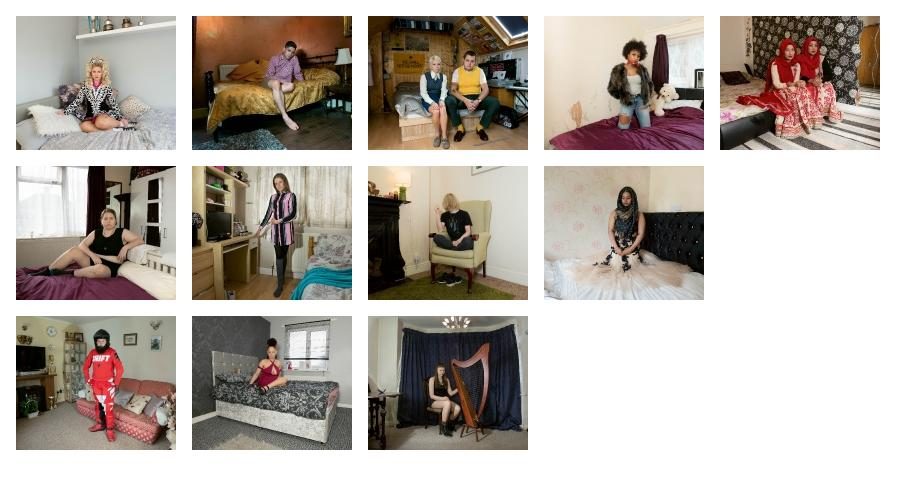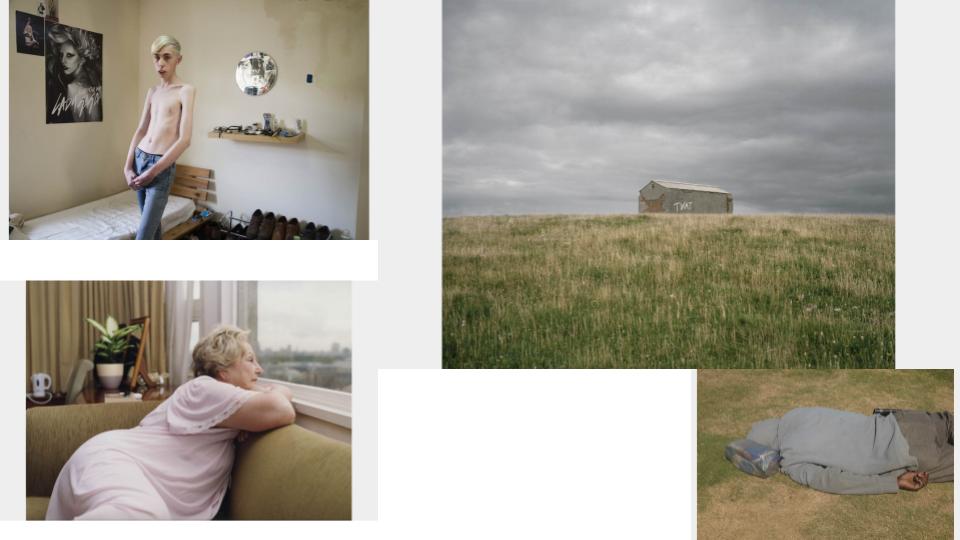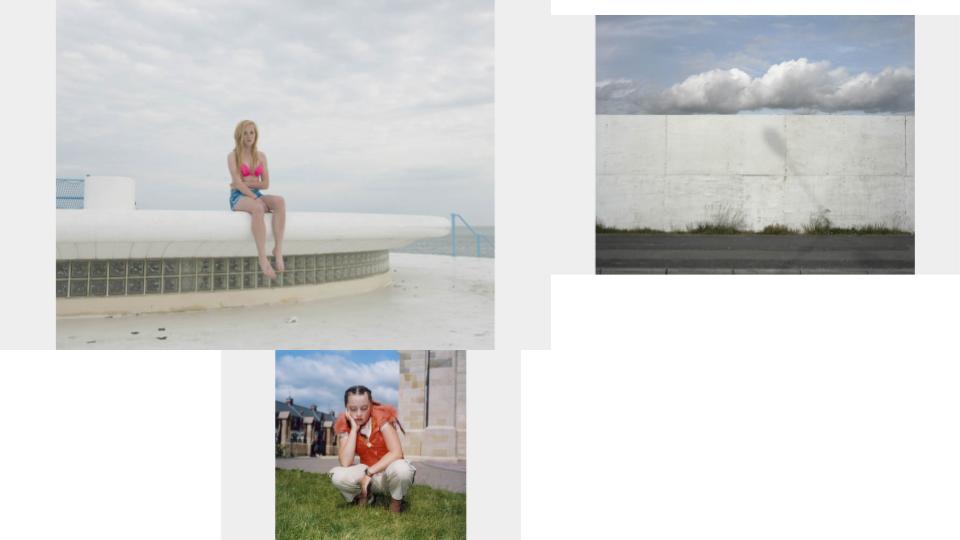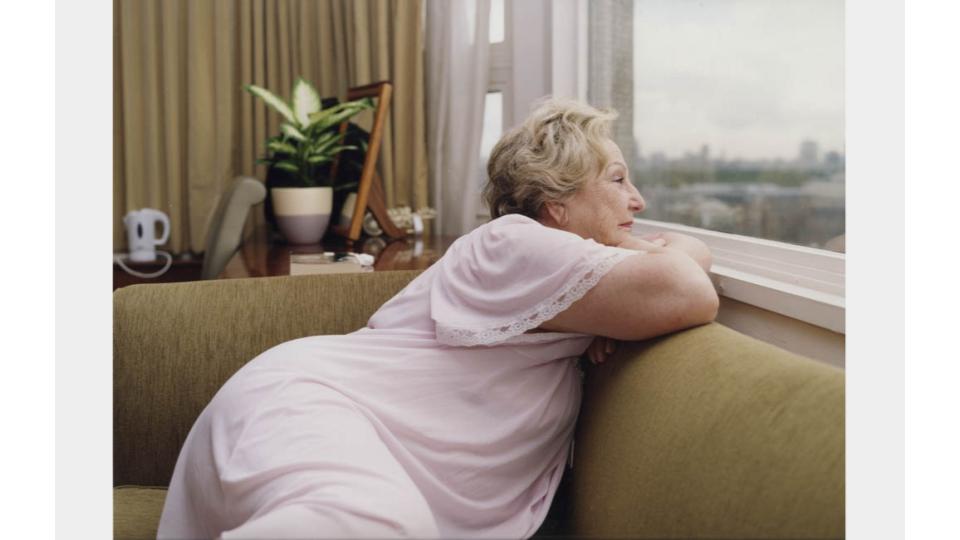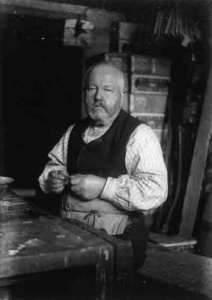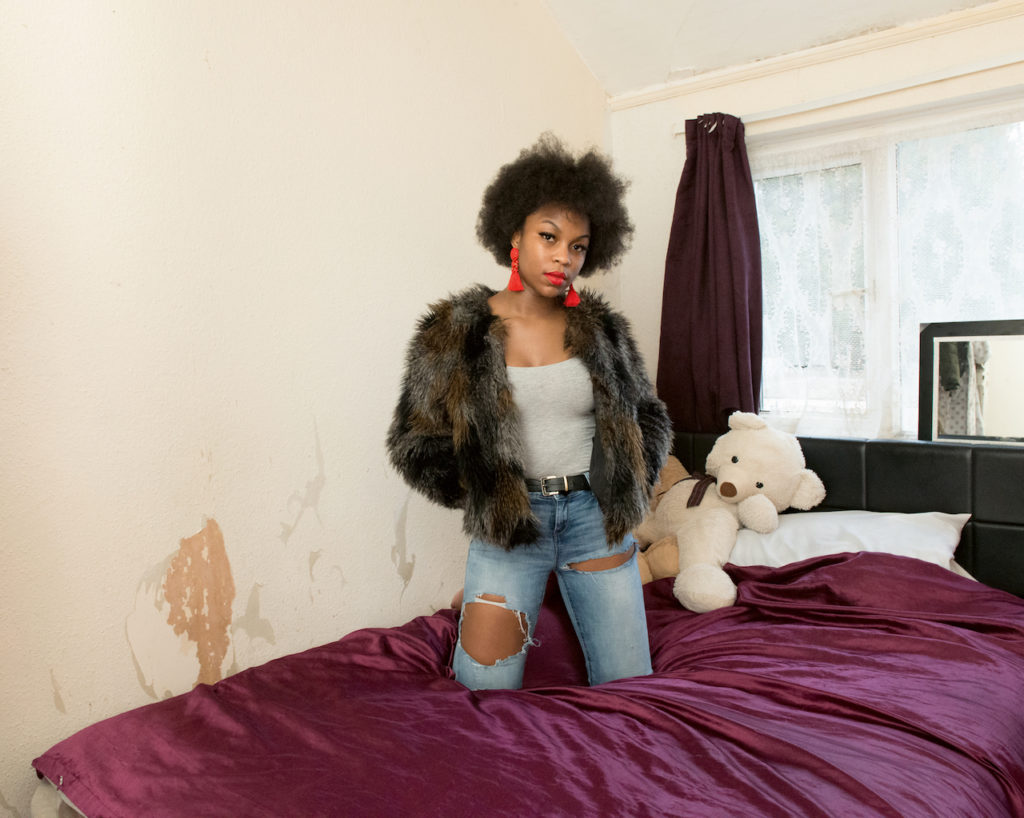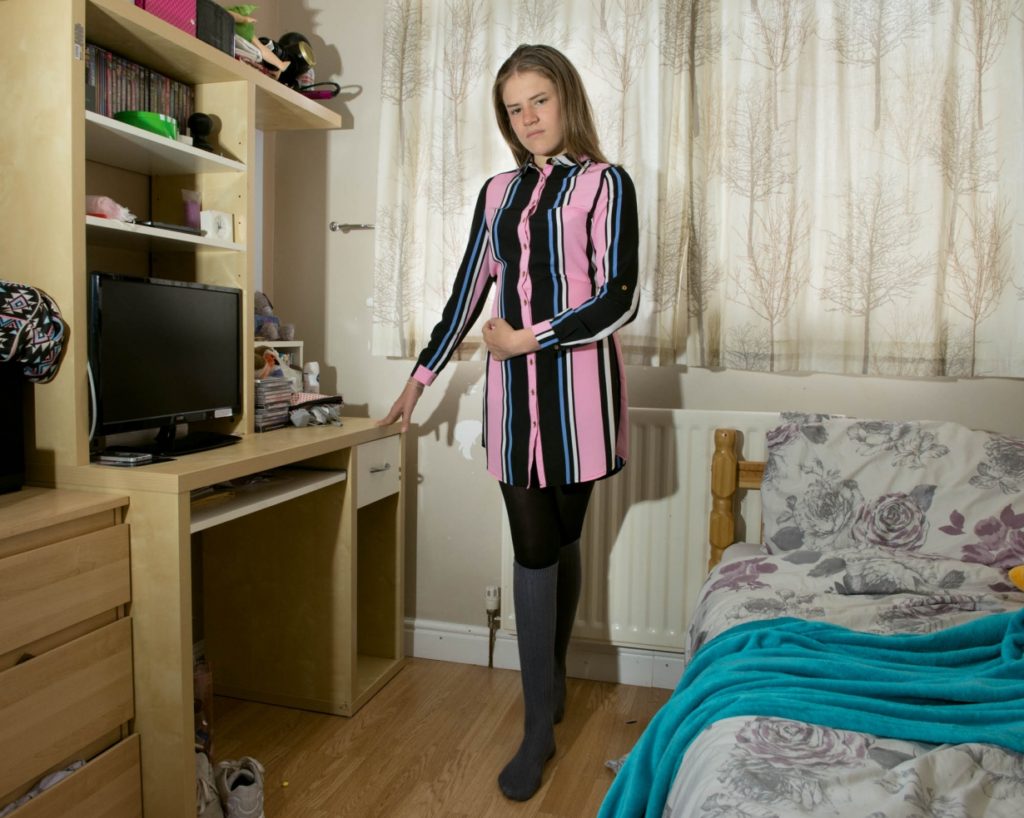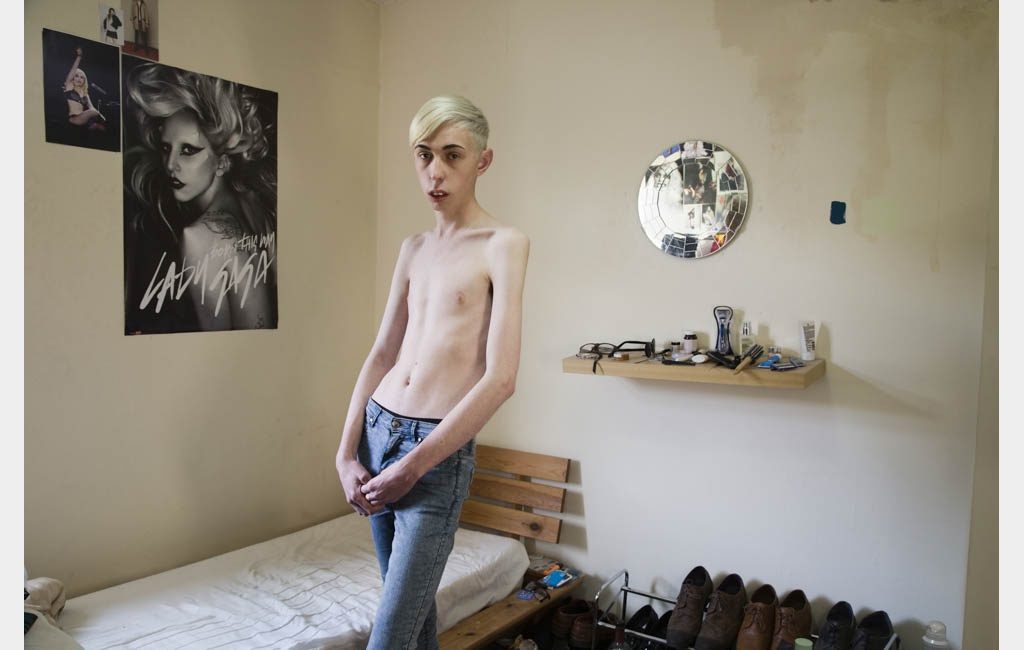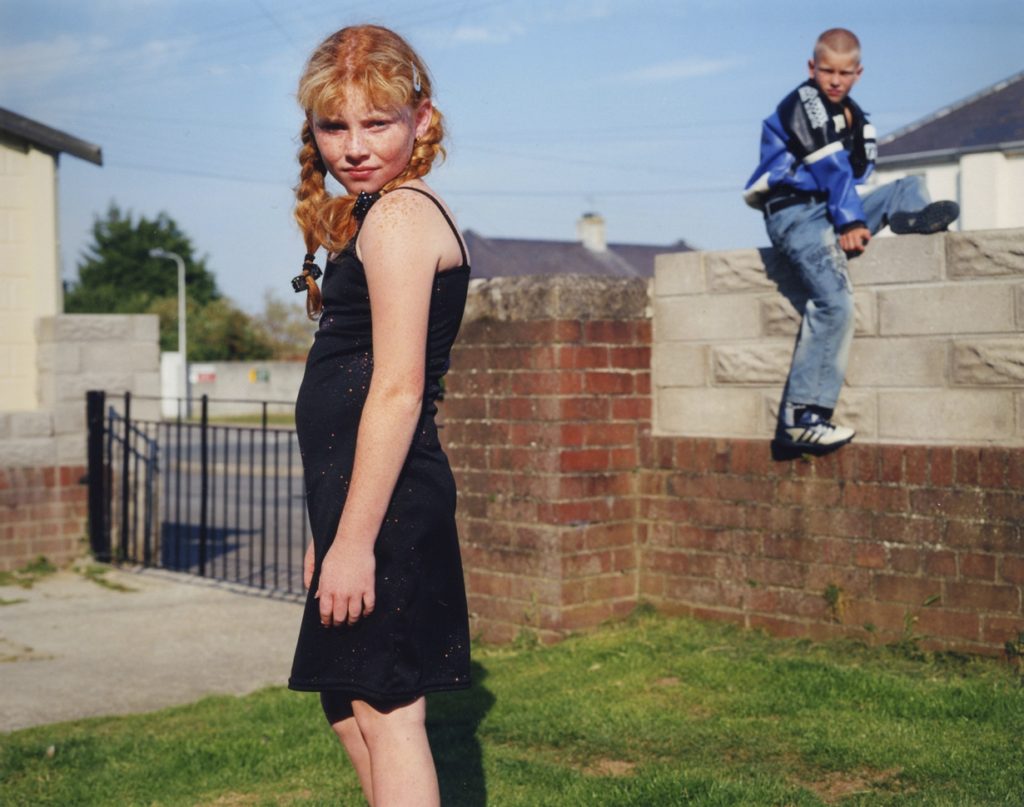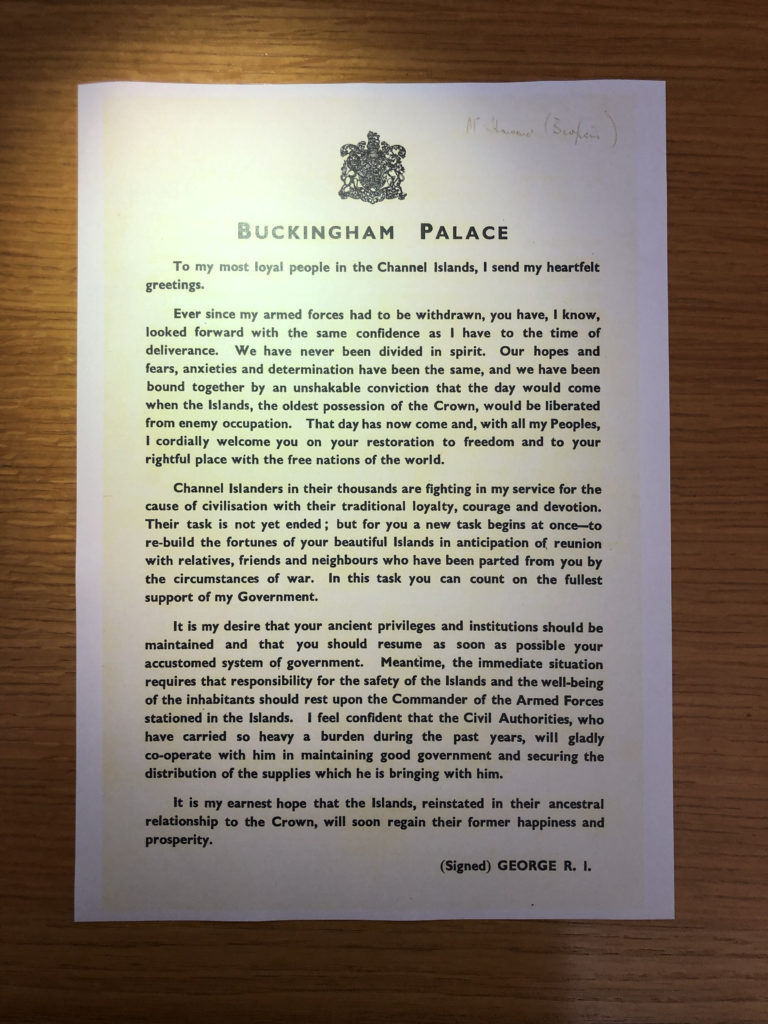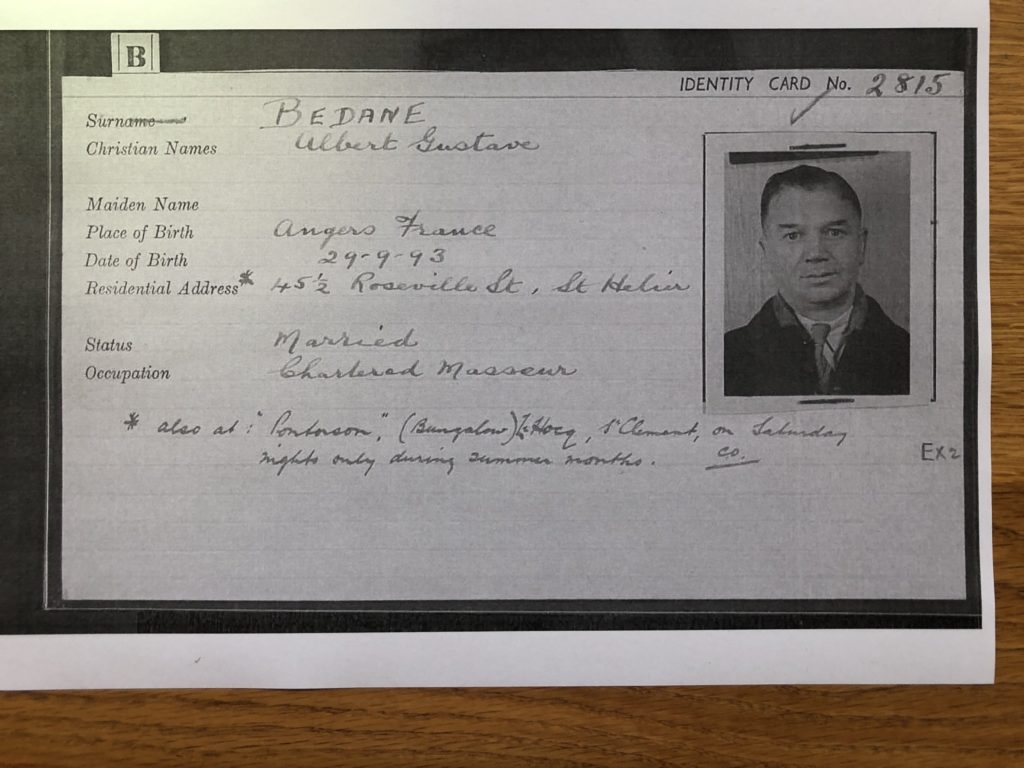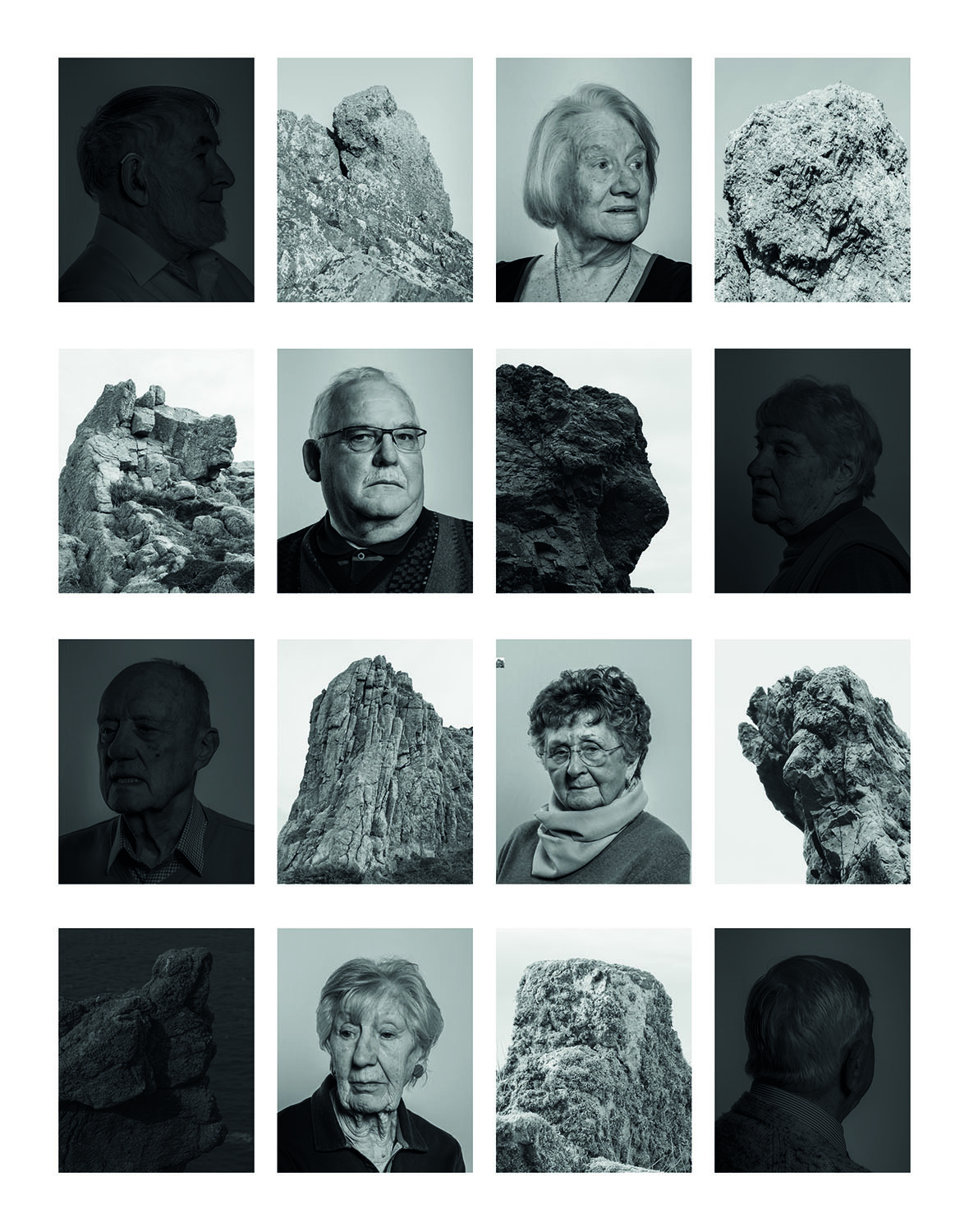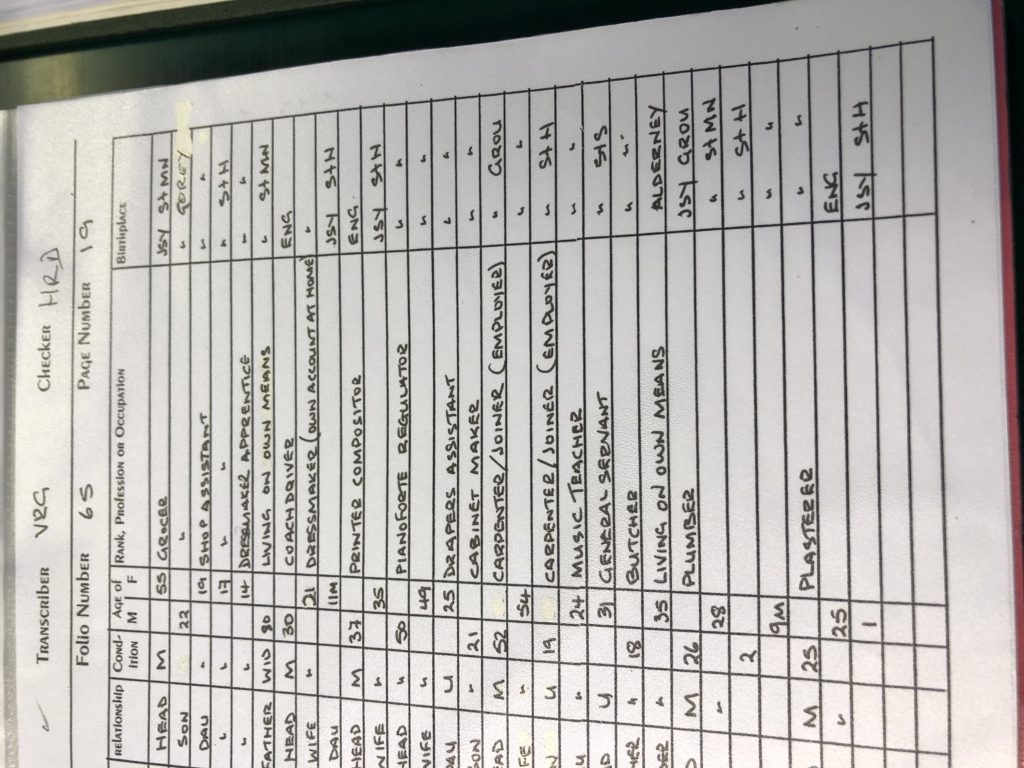Comparing Francis Foot and Michelle Sank:
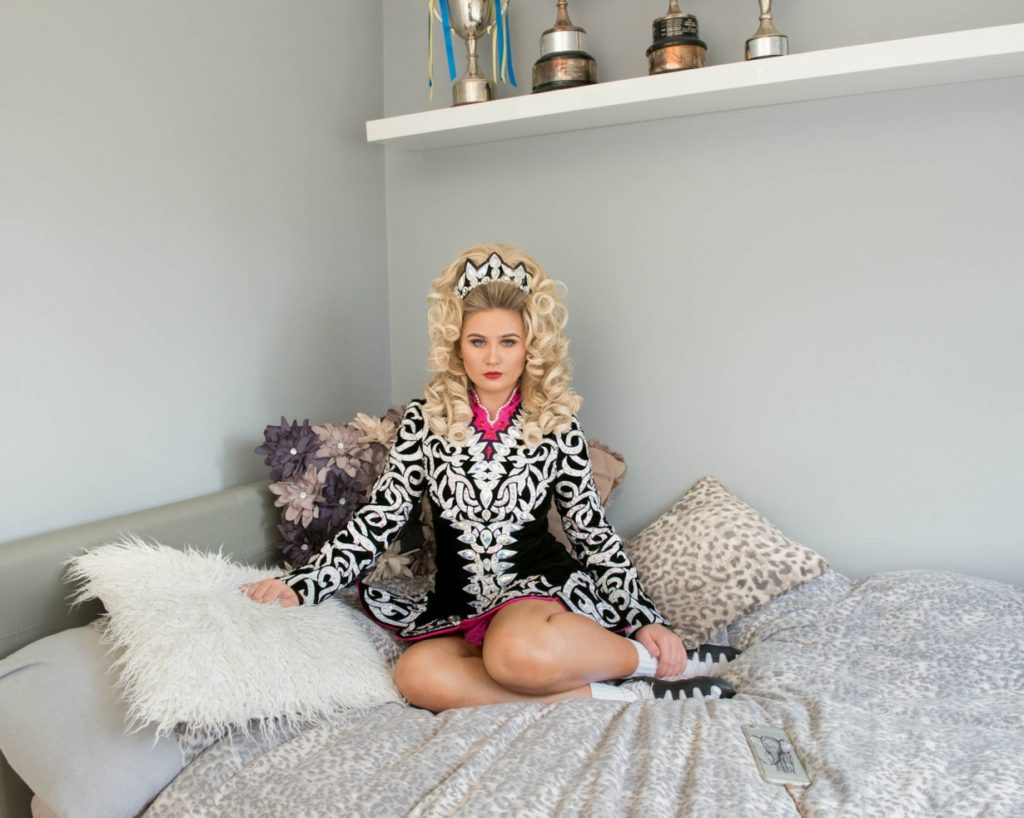
Contemporary – Michelle Sunk 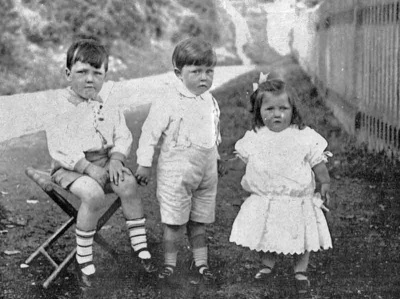
Classical – Francis Foot
Both of the artists explore portrait photography and capturing citizens within different cultures. Within Sunk’s work she looks at randomly capturing different teenagers within different parts of the UK, to represent diversity and individualist, where as Foot was a family photographer who only captured upper class citizens of Jersey, who could afford for Foot to capture images of their family. This outlines how the methodology and type of portrait photography differs from one another, as well as the types of models that both photographers used to be apart of their photographic series. Conceptually, the two images have been taken for different reasons, and the reasons where considered important at the time the photographs where taken. In Foot’s work he showed the concept of family honour and purity, where as Sunk showcased the ideology of diversity and celebrating individualism, which creates a contrast but helps to showcase the time frame, presenting the contextual factors of things important at specific times in history, and change between the work of Foot and Sunk.
Visually, the two artists share similar compositions in order to showcase the subjects, the people within the photograph (main focus point of the image). In the classical piece, the photograph is taken at a straight on angle, putting the focus on the three children. The layout and positing of the children is kept simplistic and naturalistic, which helps to emphasise the purity of the children. The foreground is kept simplistic, only having the children, and the background also follows the simplistic rule, by just having a field creating a sense of space. The quality of the camera helps to present a textural quality towards the piece. Similarly, in Sunk’s work the captured the main focus point at a straight on angle, as well as keeping the foreground and background simplistic and personal to the model, in order to clearly present their personality. The only difference made in the visual aspects of the two images is that, the positioning of the model in the contemporary piece is less naturalistic, which looses the sense of them presenting their real identity, as it seems that the girl could be putting on an act for the camera.
Technically speaking the two images are somewhat similar, one thing to consider when making this comparison is the quality of the camera during the classical piece and during the contemporary, again showcasing the sense of time. In the classical piece the shutter speed used is quick due to no intended blur. The ISO seems to be higher due to the noise presented in the photograph, however this could have been created by the poor camera quality. The exposure seems to be high, due to faces of the boys seem brighter as well as the background, creating a slight blur. This then showcases how a narrow depth of field is used as well as the aperture being low, making the three children the main focus point within Foot’s photography. The lighting is natural, from the sun making a more naturalistic image. Similarly, in Sunk’s work the shutter speed seems to be quick, due to no intended movement blur, as well as the ISO being low due to no noise produced by the natural/artificial lighting, sunlight alongside lamps located in the rooms, helping to light up the model. The whole frame seems to be in focus suggesting a wide depth of field as well as the aperture being high as the photograph is sharp. The white balance seems to be appropriate for the lighting used, a daylight setting, which allows a sense of warmth to be presented to the photograph. The similarity in the technical elements in the photographs, showcase the settings which make a high quality portrait photograph, no matter what the reasoning behind the imagery is.
To conclude, both images share the same simplistic and naturalistic methodology in order to showcase the subjects of the photographs, even though the conceptual and contextual factors significantly differ. Alongside the technical elements being similar which outlines what makes a successful portrait photograph and how even after a set period of time the same settings and methodology is still used, due to the success it brings to the final outcome. On the other hand, the two images differ significantly in conceptual and contextual factors, due to the time period , which was expected as both artists had different aims and ways around the broad topic of portrait photography.

